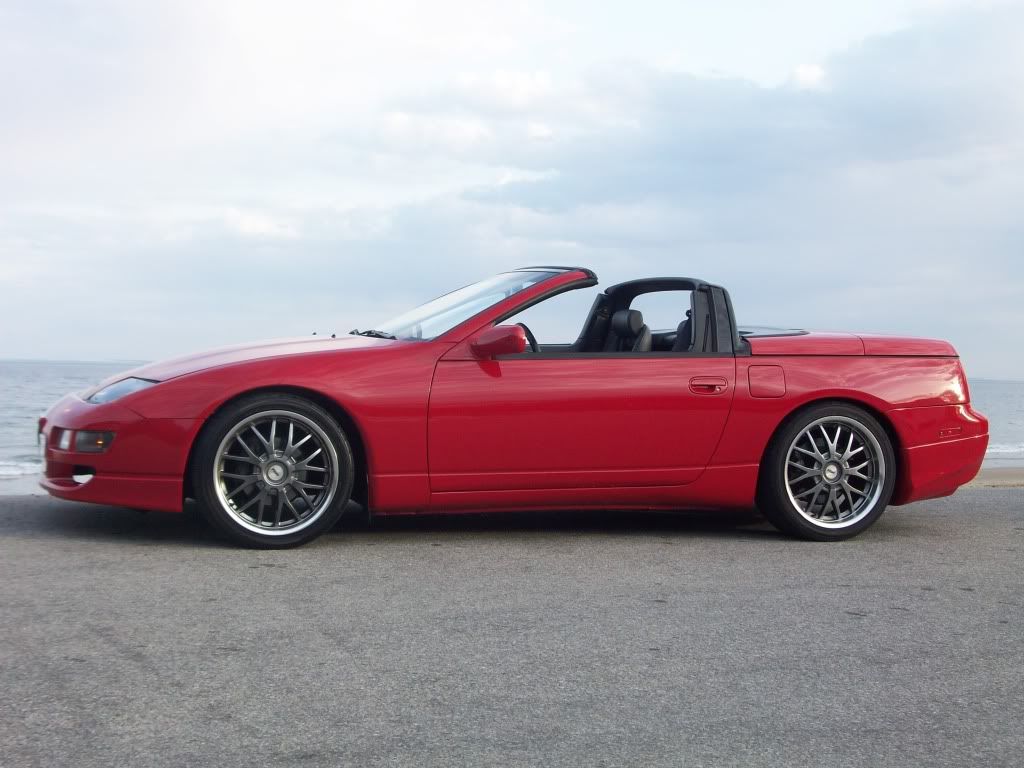| at what point (boost level) should you switch plugs and or gap smaller? SPARK PLUGS:
In the stock configured 300ZX(Z32), the NGK (japanese manufactured) platinum tipped plugs are used. NA stock = PFR6B-11 gapped to 0.044" (1.1mm)
TT stock = PFR5B-11B gapped to 0.044" (1.1mm) While these plugs perform well under stock configuration, they do not perform well under a modified, high output configuration. The nomenclature used in the plug numbering denotes several aspects of the plug's design and performance. What interests us the most is the 4 character in the naming scheme. The NA is a "6" and the TT is a "5" in the above examples. This number denotes the ability of the plug to diffuse heat away from the tip and into the plug body, where the cooling system absorbs the heat. The higher the number, the better the plug's ability to keep the tip 'cooler'. As you increase the output of the engine, the cylinder temperatures also increase. What this means is that you need a spark plug that also increases in its ability to dissipate the heat. By not changing the plug's thermal dissipation when you increase the output of the engine, you raise the likelihood of 'spark knock'. This phenomenon is analogous to detonation and it should be avoided at all costs. To mitigate the posibility of 'spark knock', you should use a spark plug that has a higher ability to dissipate heat. This simply means you need a plug with a higher 'thermal dissipation' number. Here's the breakdown: NA stock: PFR6B-11 ; upgrade to the PFR7B-11
TT stock: PFR5B-11B ; upgrade to the PFR6B-11B REGAP TWINTURBO PLUGS TO 0.035" For the NA guys, this is all you need to do. However, for the TT guys, there is an additional parameter that you must concern yourself with. Since a stage3+ upgrade to a twinturbo ALSO includes running higher boost pressures, we have to account for the higher air/fuel densities in the combustion chamber. In the stock configuration, the plug gap is set to 0.044" (1.1mm). While this performs well in both low and high load conditions, it will not perform well in high load conditions when you raise the bar. The higher density of air and fuel in the combustion chamber (a result of running higher boost) requires a higher voltage for the spark to 'jump' the gap. Since you do not have the ability to easily increase the spark intensity, you must resort to alternative, and less expensive methods of promoting proper ignition. Instead of increasing the spark intensity, one can simply reduce the gap tha the spark has to jump thereby allowing a spark to jump at all under high boost.
 |

